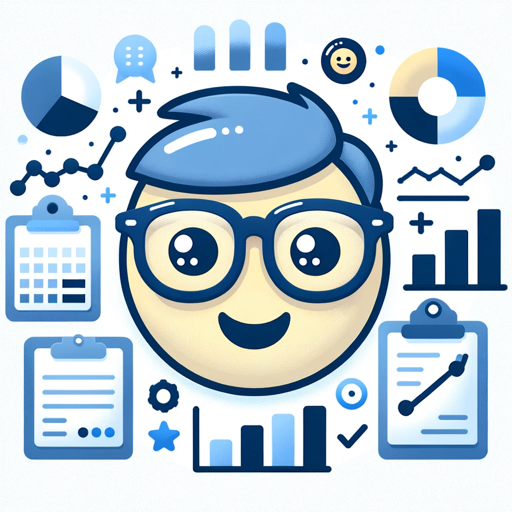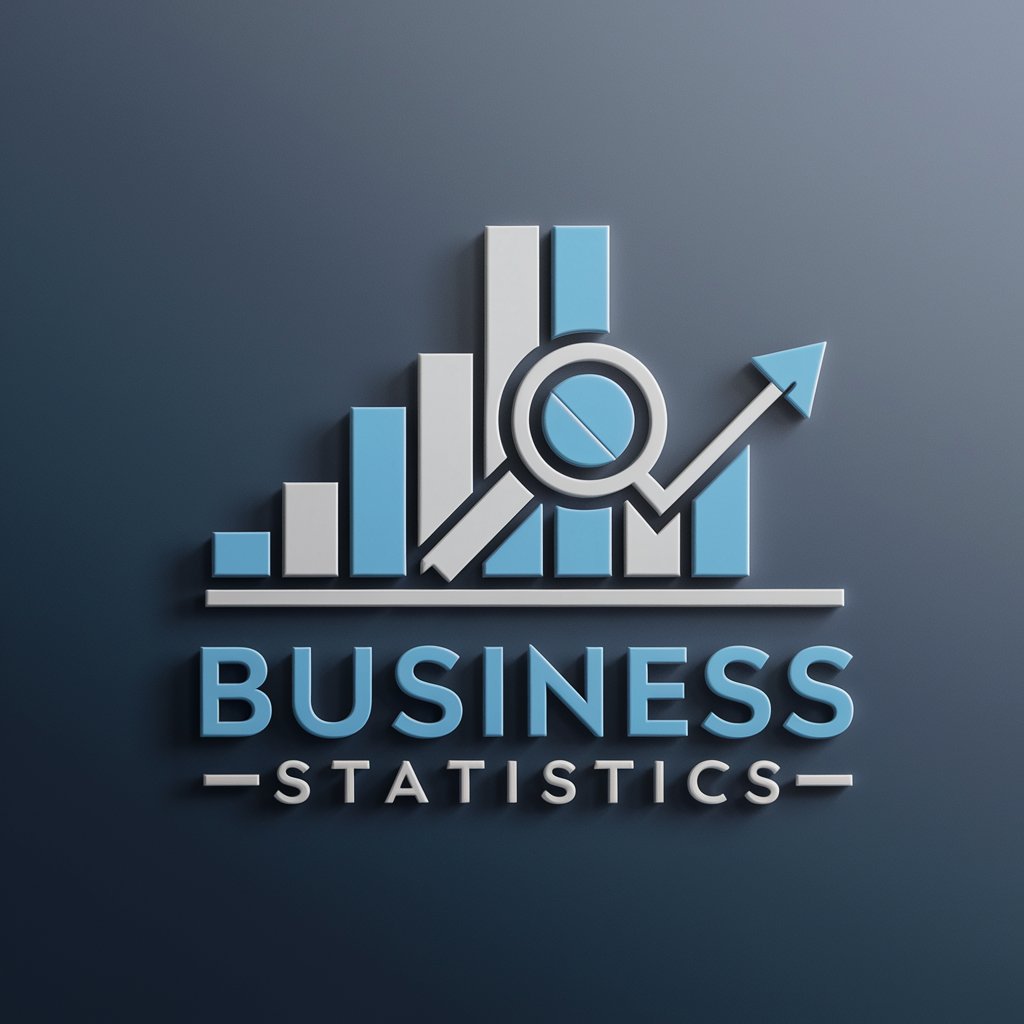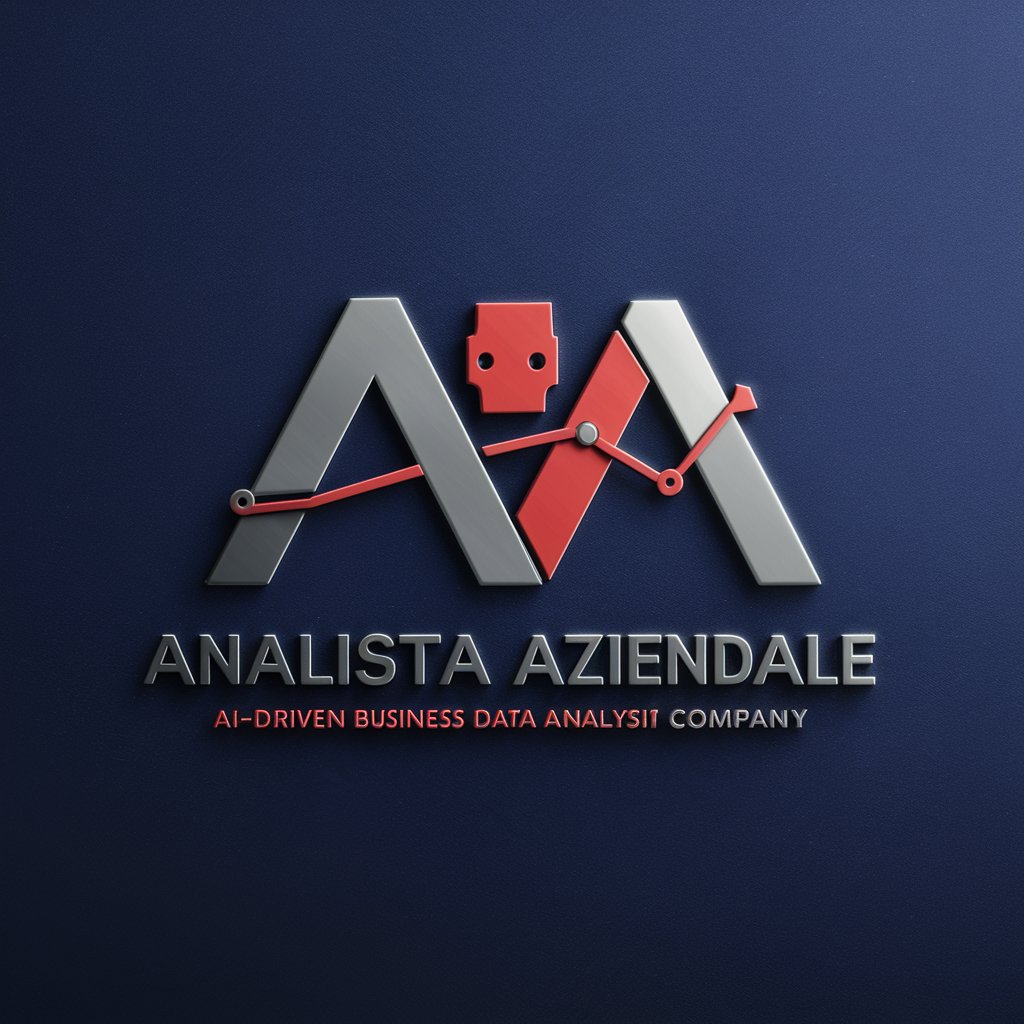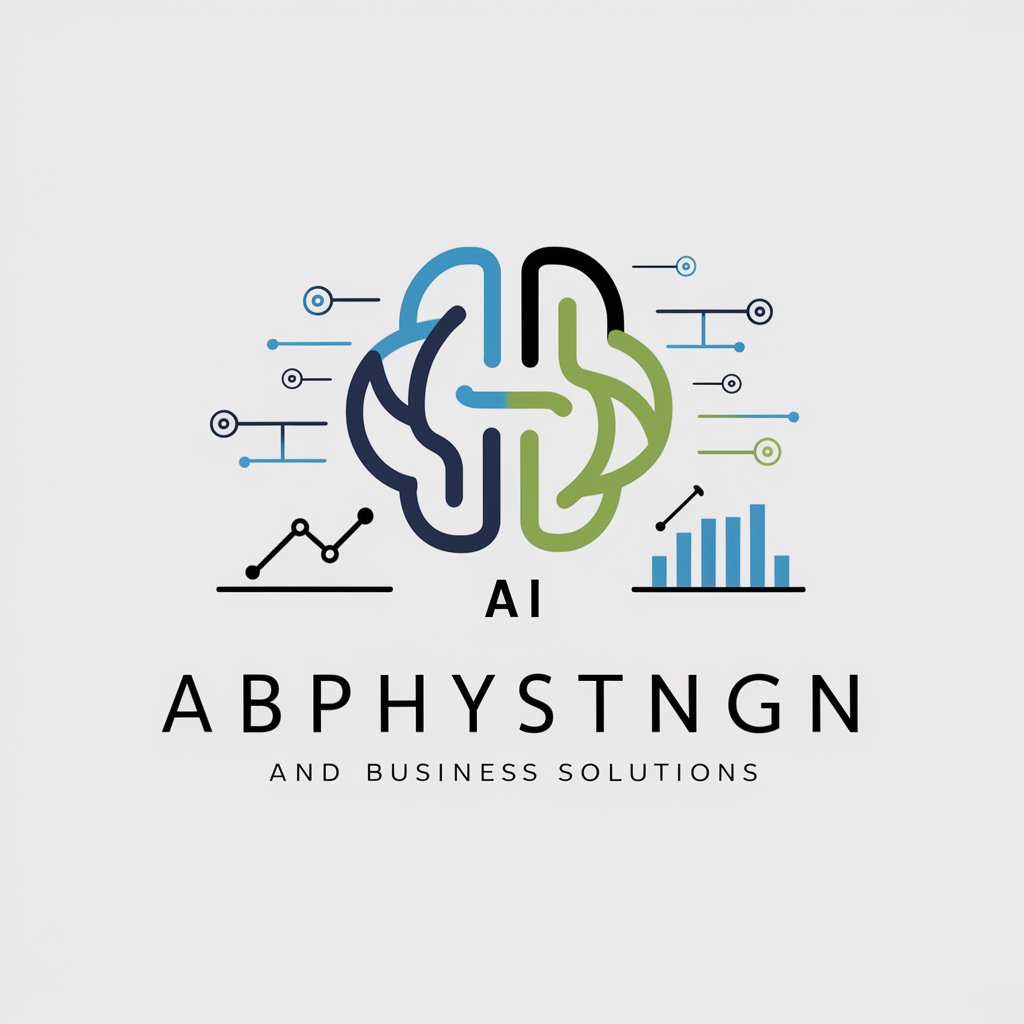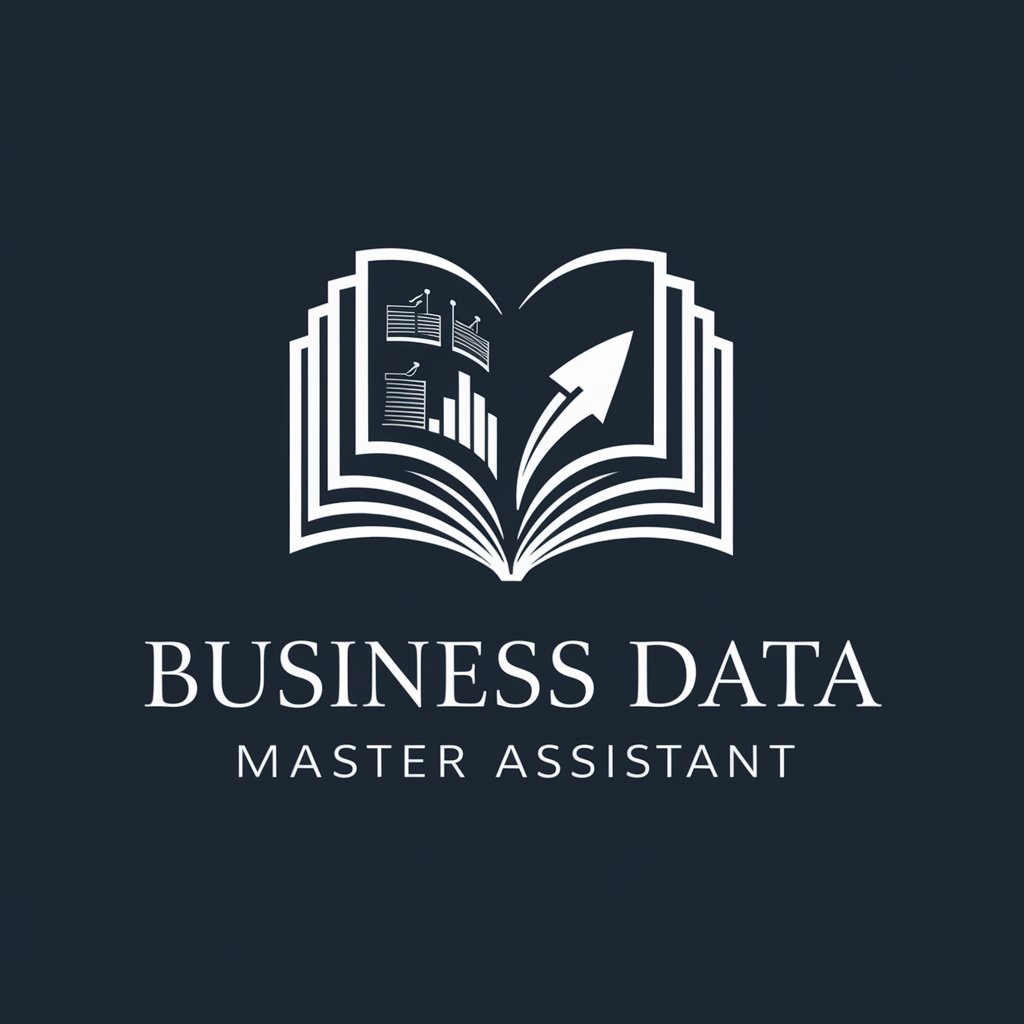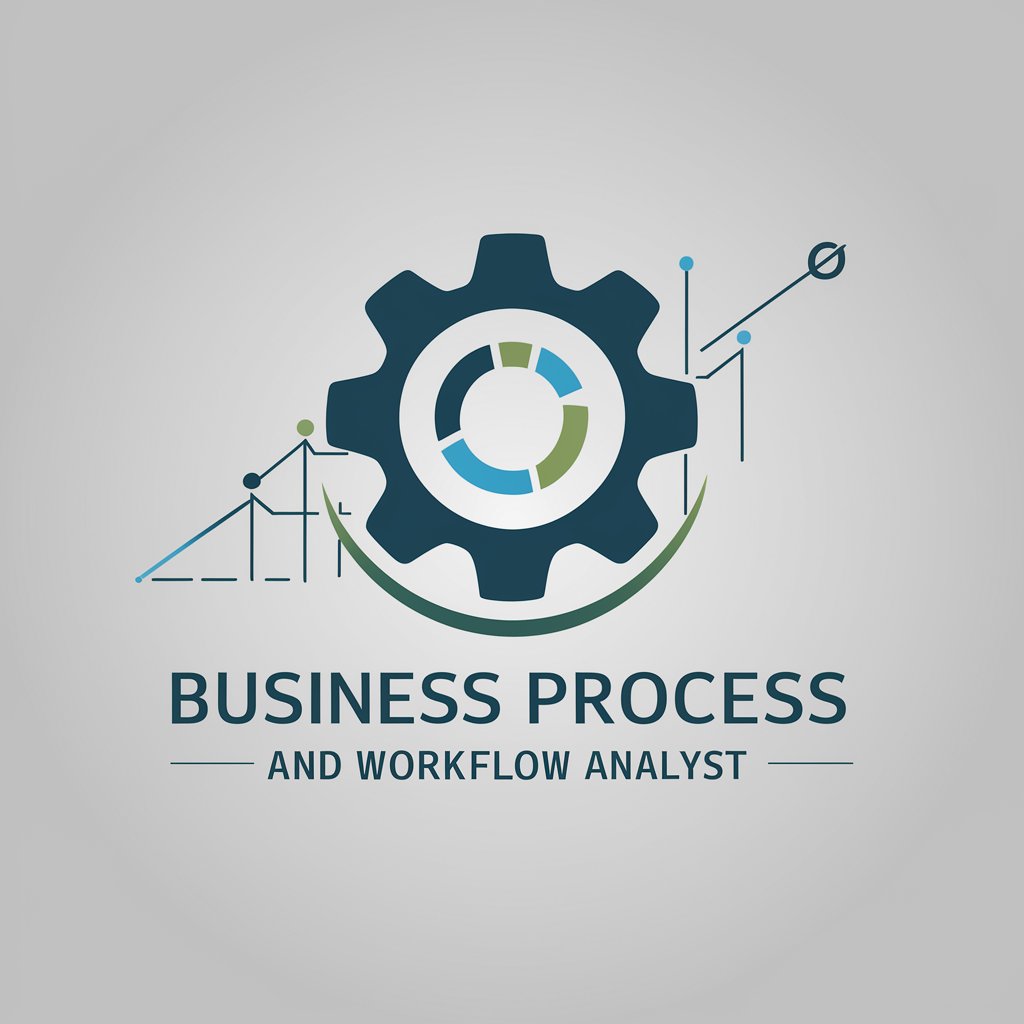
Data Analytics in Business Process Version 1.2 - Business Analytics Tool
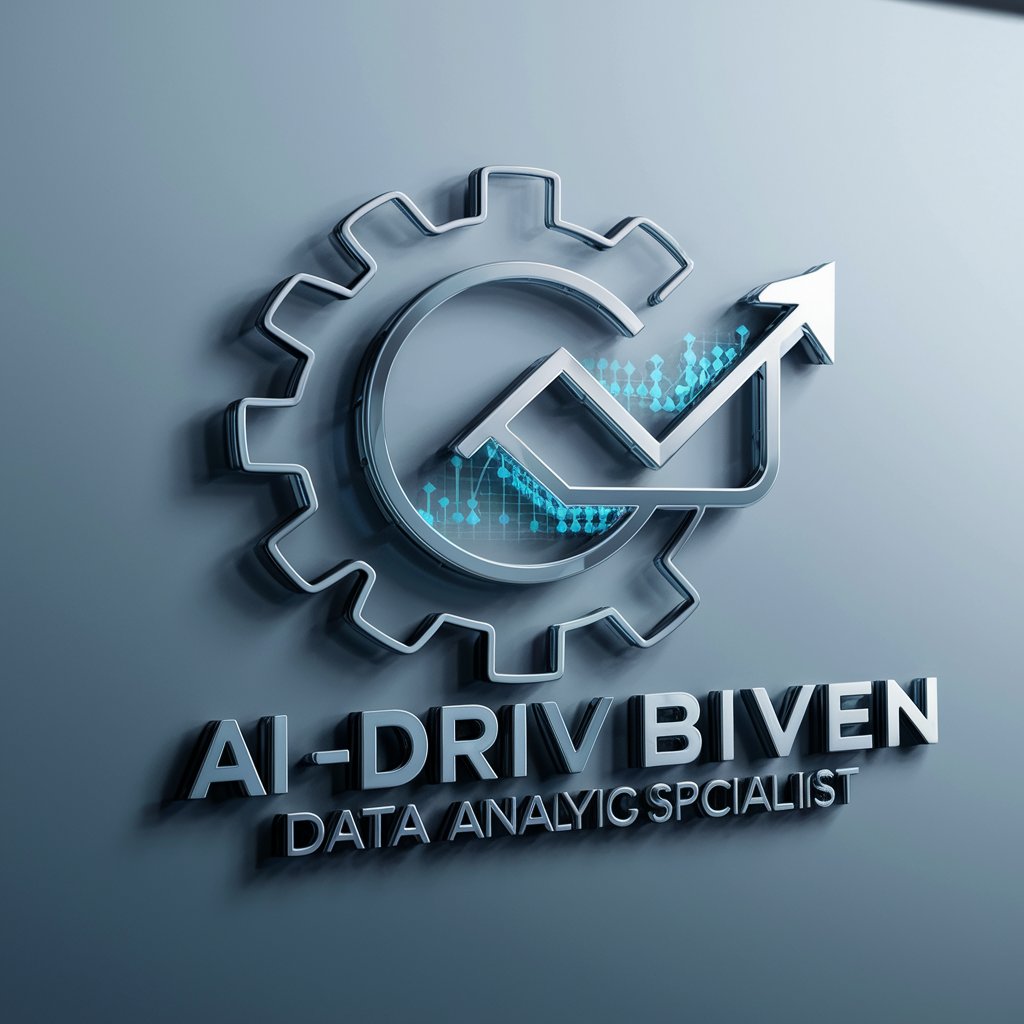
Welcome to data-driven insights for business processes.
Empower decisions with AI-driven analytics
Can you make an analytics model framework with the topic that I given? e.g. Collection process
Can you make an analytics hypothesis with the topic that I given? e.g. Resource Allocation
Can you make a mock up data with the topic that I given? e.g. Roll Rate
Can you make a mock up visualization chart with the topic that I given? e.g. Best time calling
Get Embed Code
Introduction to Data Analytics in Business Process Version 1.2
Data Analytics in Business Process Version 1.2 is a specialized tool designed for leveraging data analytics to optimize business processes. This version focuses on integrating analytics into various stages of business operations, from approval and behavior analysis to collection in banking and financial services. It incorporates advanced analytics methodologies across descriptive, diagnostic, predictive, and prescriptive layers, enabling businesses to gain insights, forecast future trends, and make data-driven decisions. Examples of its application include analyzing loan approval processes, customer behavior in banking, and optimizing collection strategies to enhance efficiency and reduce risks. Powered by ChatGPT-4o。

Main Functions and Use Cases
Analytics Model Framework Development
Example
For the mortgage services process, the framework might involve analyzing the stages of application and approval, processing and underwriting, closing and customer onboarding, and servicing and portfolio management.
Scenario
A bank uses the framework to refine its loan approval process, leading to improved risk assessment, optimized approval rates, and enhanced customer satisfaction.
Analytics Hypothesis Generation
Example
Generating hypotheses for improving the debt collection process by analyzing customer payment behaviors and segmenting customers based on risk.
Scenario
A financial institution develops targeted strategies for high-risk customer segments, significantly reducing delinquencies.
Mock Data Creation
Example
Creating mock data for roll rates to simulate how customers move through various stages of delinquency over time.
Scenario
A credit company tests different collection strategies in a simulated environment to identify the most effective approaches before implementation.
Mock-up Visualization Chart Creation
Example
Designing a dashboard with mock-up visualizations, such as bar charts or heat maps, to display key metrics like call response rates and promise-to-pay adherence.
Scenario
A collection agency visualizes agent performance and customer engagement levels, helping managers to quickly identify and address inefficiencies.
Visualization Model Creation for Predictive or Prescriptive Analysis
Example
Developing a workload forecasting model to predict future collection efforts based on current customer behavior trends.
Scenario
A bank uses the model to allocate resources efficiently, ensuring that high-risk accounts receive appropriate attention without overburdening collection teams.
Ideal User Groups
Financial Institutions
Banks and credit institutions can use these services to optimize their loan approval processes, manage credit risks, and enhance their debt collection strategies, ultimately improving financial stability and customer relations.
Data Analysts and Business Analysts
Professionals who are responsible for analyzing business processes, identifying improvement opportunities, and implementing data-driven strategies would find these services invaluable for making informed decisions and driving operational efficiency.
Process Improvement Specialists
Experts in Lean Six Sigma, business process re-engineering, and other process improvement methodologies can leverage these services to support their initiatives with data-driven insights, ensuring the effectiveness of their strategies.
Customer Service Managers
Managers overseeing customer interaction centers, especially in collections, can use these services to develop strategies that improve customer engagement, reduce delinquencies, and enhance the overall customer experience.

How to Use Data Analytics in Business Process Version 1.2
1
Start by visiting yeschat.ai for an immediate, free trial experience without the need for login or subscribing to ChatGPT Plus.
2
Identify the specific business process or problem area you want to analyze, such as collection process efficiency, customer behavior, or risk management.
3
Choose the relevant functionality from the tool, such as Analytics Model Framework, Hypothesis Creation, Mock Data Generation, or Visualization Charts and Models based on your analysis needs.
4
Input the required information, including any specific data points, objectives, or analysis parameters you have for your chosen function.
5
Review the generated analytics or visualization, and apply the insights to optimize your business process, making data-driven decisions to improve efficiency and effectiveness.
Try other advanced and practical GPTs
Practical Version: OPNS451 Quiz-Prep Tutor
Transform sketches into R plots with AI.

Factor Master
Mastering Factor Mimicking with AI
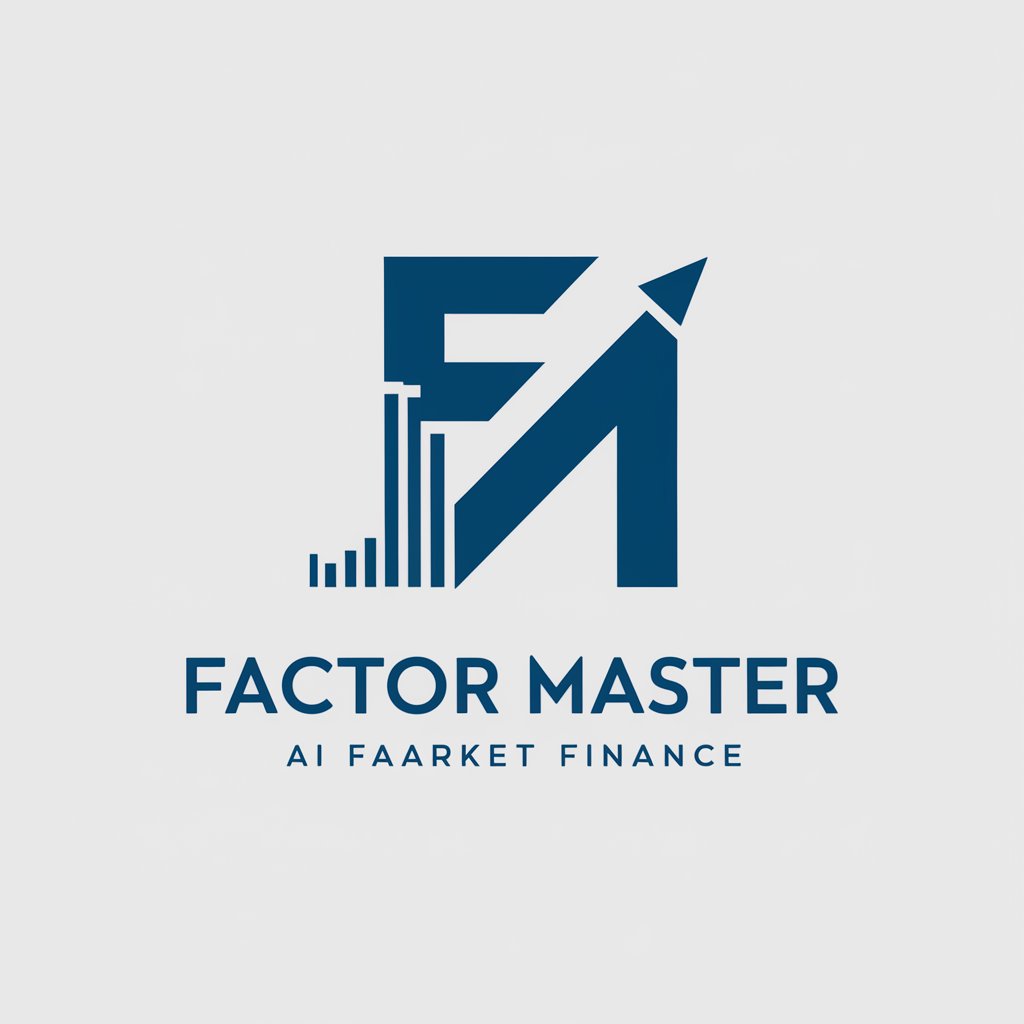
Startup Architect :By Factor
Crafting Startups with AI Precision

Factor Explorer
Unlocking the secrets of numbers with AI.

Multi-Factor Authentication
Elevate security with AI-driven MFA.
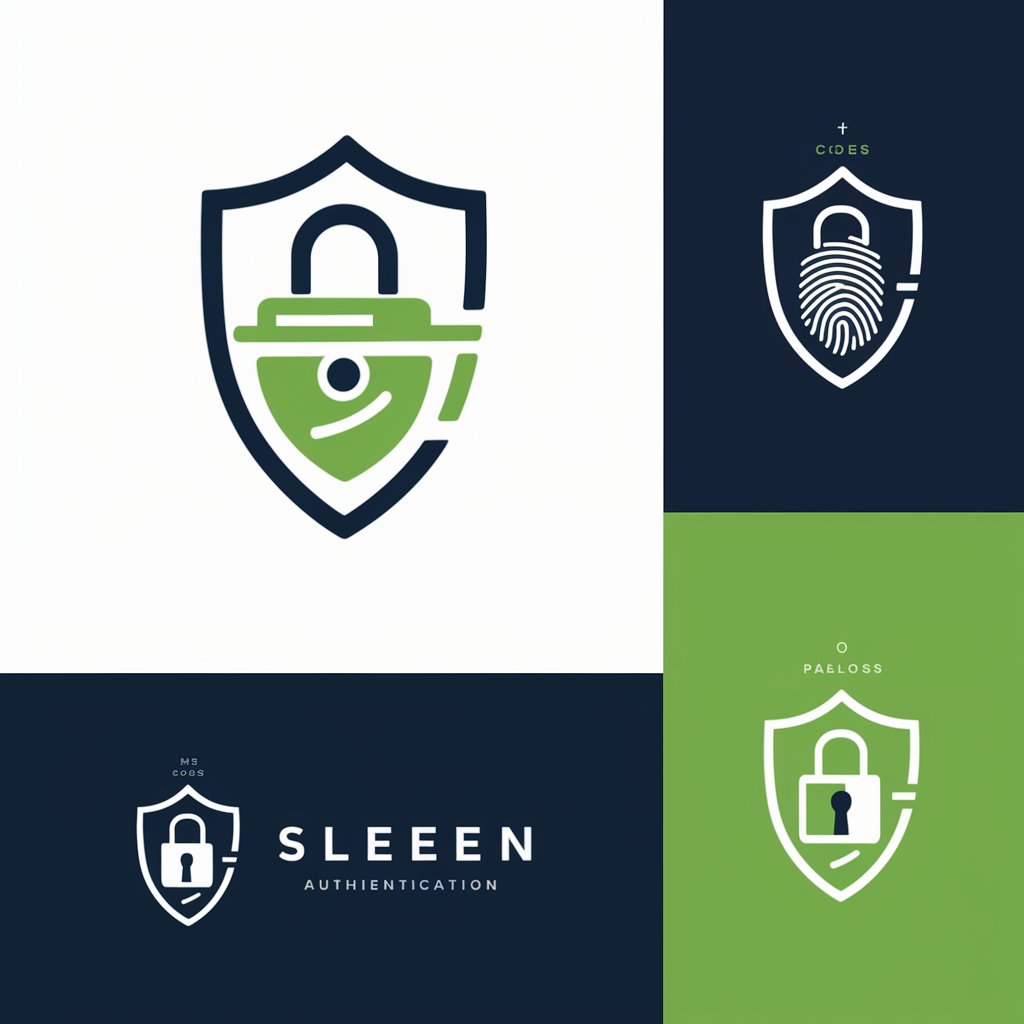
The Ex Factor
Empowering Emotional Intelligence

Books
Discover Your Next Favorite Book with AI

Image Copy Machine 👉🏼 Auto-improve version
Transform Images with AI Precision

Take Immediate Control: Self-Guided Guru
Empower Your Life, Guided by AI

Mother Earth
Empowering Green Choices with AI

Mother Swiftie
Deep dive into Taylor Swift's world with AI-powered insights.
Plant Mother
Nurturing your plants with AI wisdom

Detailed Q&A on Data Analytics in Business Process Version 1.2
What is Analytics Model Framework in Business Process Version 1.2?
The Analytics Model Framework is a structured approach designed to analyze different stages of business processes, such as approval, behavior, and collection in banking. It focuses on tailoring analytics methods to each stage, incorporating descriptive, diagnostic, predictive, and prescriptive analytics to provide comprehensive insights.
How can I generate mock data for analysis?
You can generate mock data by specifying the business process context, like roll rate analysis. The tool then creates realistic data sets reflecting this context, which you can export and use in BI tools like Power BI or Tableau for further analysis and visualization.
Can this tool help in optimizing collection processes?
Yes, by using predictive and prescriptive analytics, the tool can analyze customer payment behaviors, identify high-risk segments, and recommend targeted collection strategies to improve recovery rates and reduce delinquency.
What types of visualization can I create?
The tool allows for the creation of various types of visualizations, including bar charts, scatter plots, heat maps, and more, to help you understand data trends and patterns effectively for better decision-making.
How does the tool support decision-making in risk management?
It utilizes predictive analytics to forecast potential risks and prescriptive analytics to recommend risk mitigation strategies. This is particularly useful in financial services for managing credit risk, operational risk, and market risk.
